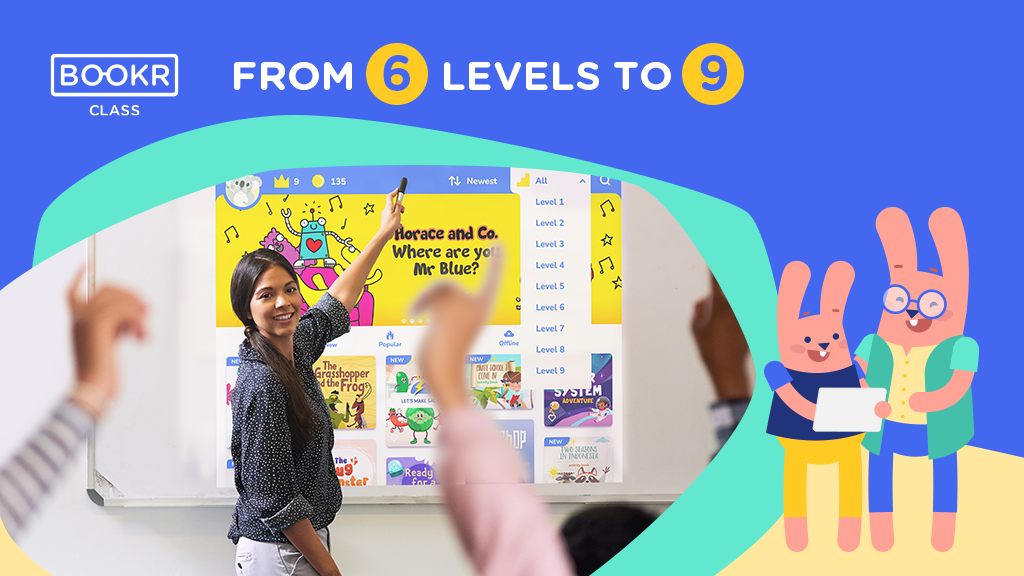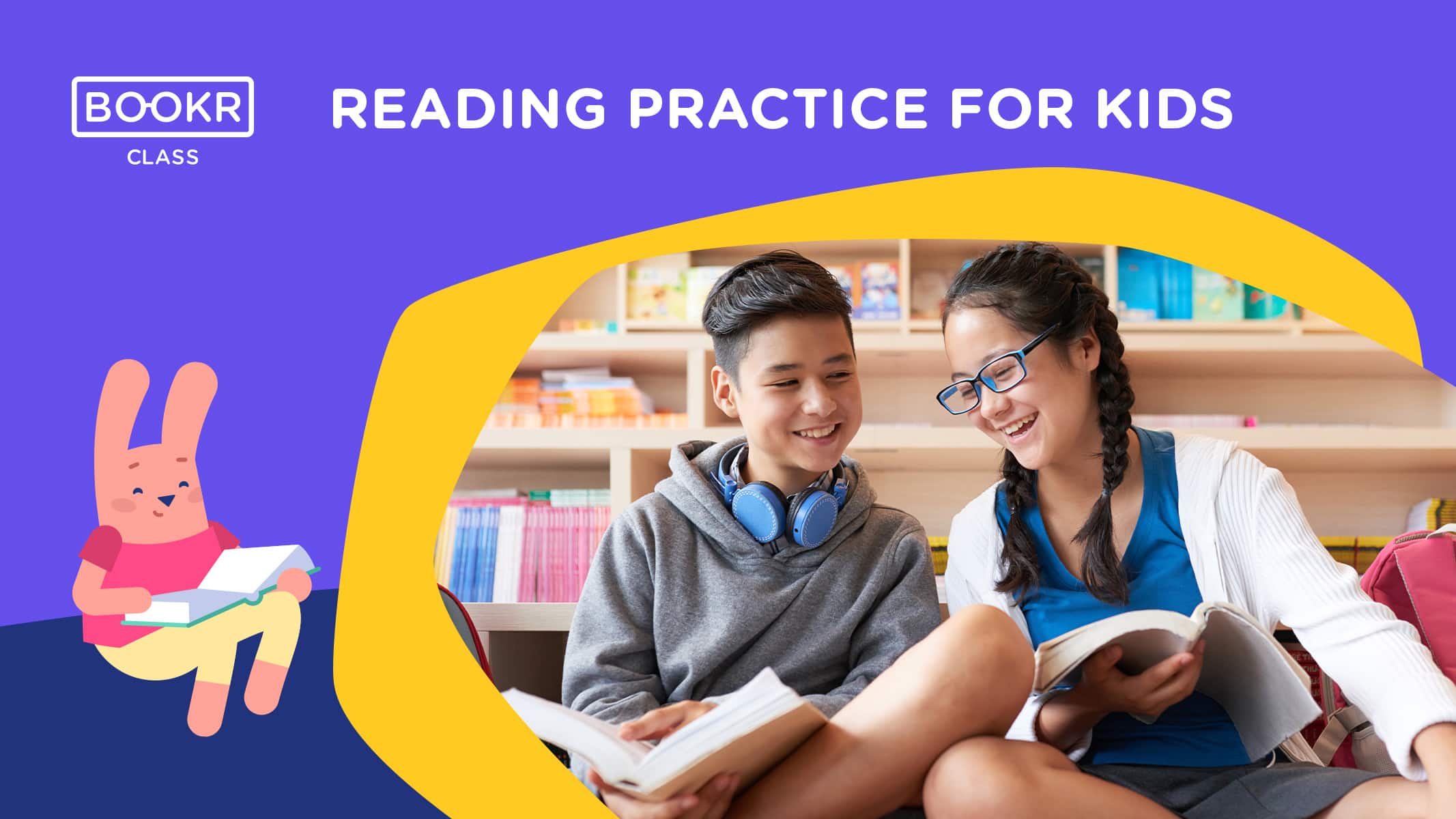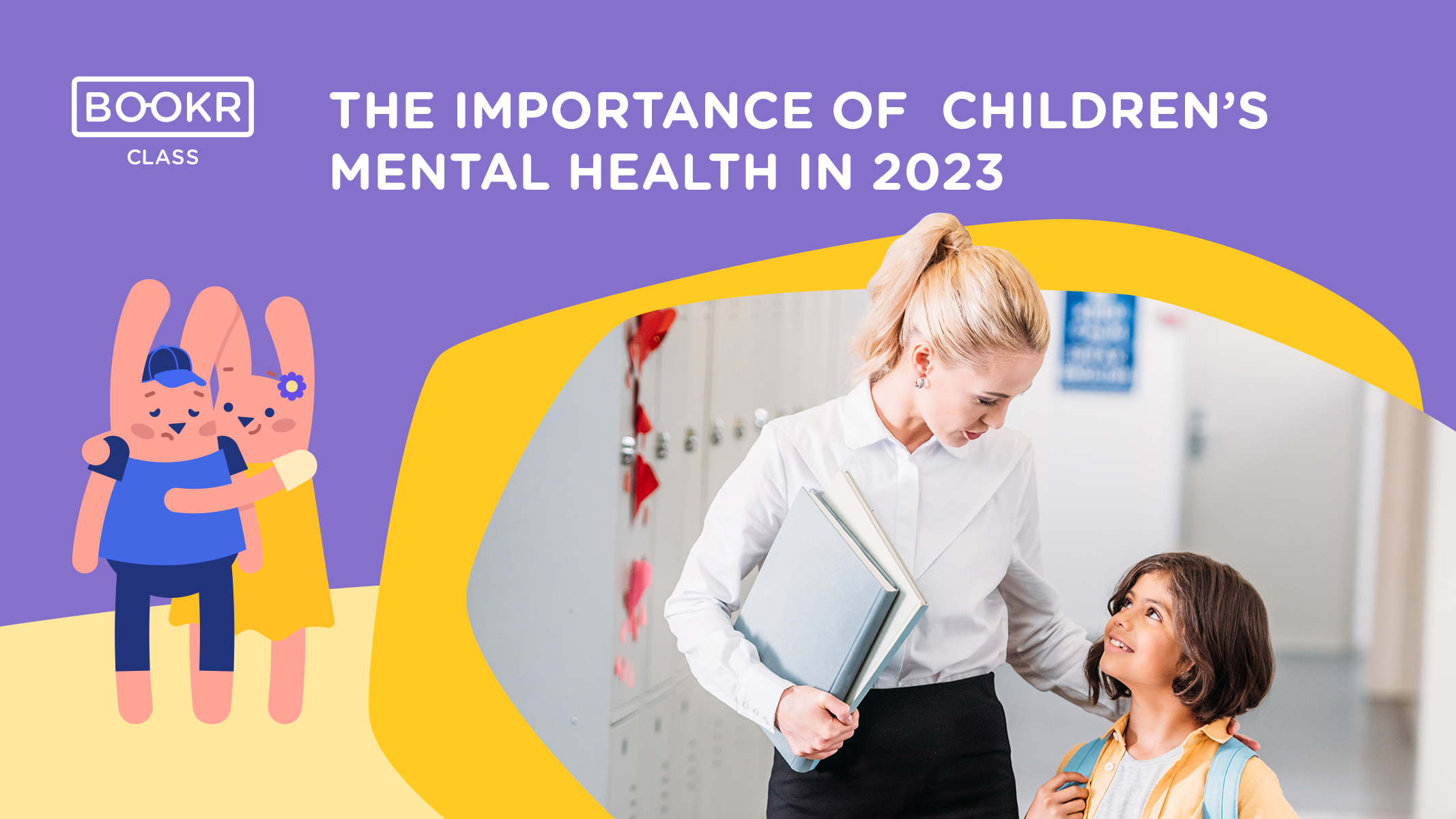The Ultimate Guide – Top Tips On How To Use BOOKR Class
The diving teacher is the most innovative and enthusiastic type of educator, a divine creature, who dives into the ocean of new tools, techniques, and materials without hesitation.
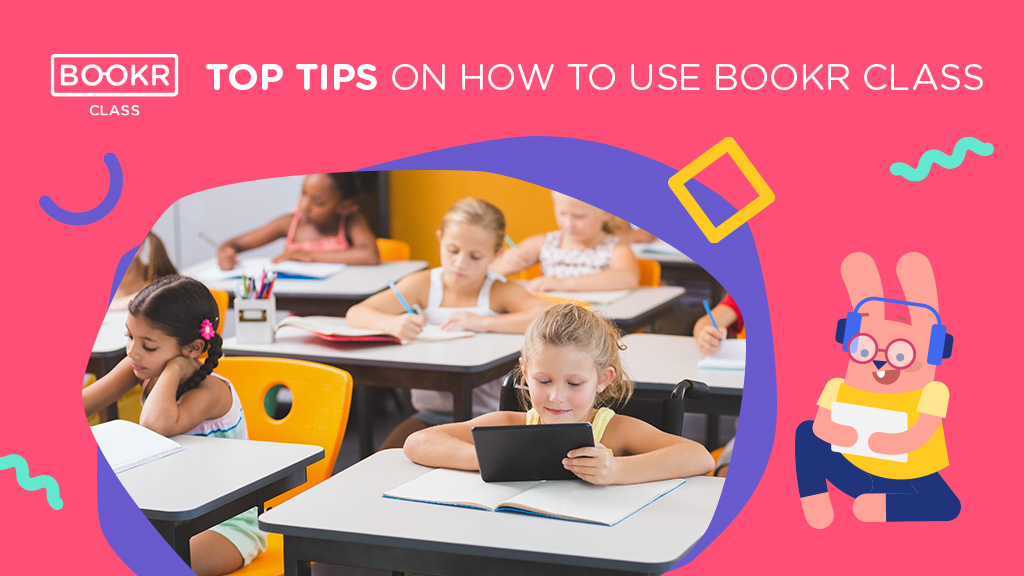
Table of content
BOOKR Class was designed for colleagues, who enjoy novelty and have high hopes and expectations when it comes to language teaching. The app offers high-quality graded texts with stunning visuals and authentic narration in a digital format and within the storytelling method – a unique combination on the market.
To help with the implementation of this app and guarantee success in the classroom, we have gathered some ideas on how to use our digital multimedia books to their fullest potential. But diving teachers might alter these guidelines according to their students’ needs 🙂
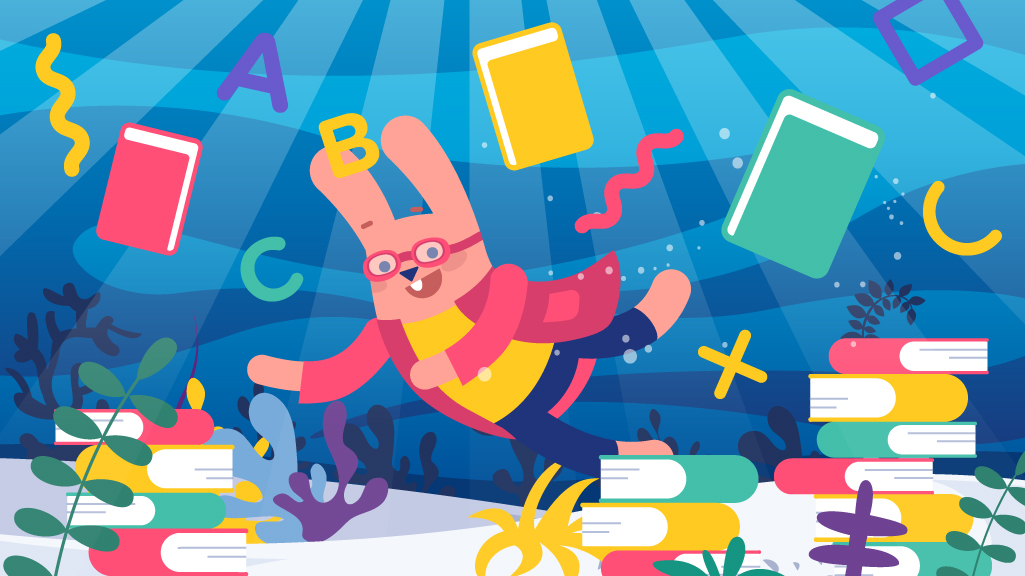
BOOKR Class for differentiated instruction
You can use the BOOKR Class books as huge books without narration. Simply project the app and read the story with your students at their ideal pace. This way, you can adjust the reading process for your students, add comments, provide explanations or turn the book into a dialogic reading activity.
Check the global comprehension skills of the class using a BOOKR story as a listening activity. Instead of projecting the book, students simply listen to the story and then play the follow-up games.
To differentiate instruction, allow students to decide if they want to see the text as well or not. Ask the ones who prefer to challenge themselves by just listening to turn their back on the projected book. The others can follow the story with visual scaffolding.
Combine the features of the interactive multimedia books and first, have your students listen to the beginning of the story. What characters do they imagine as protagonists?
Turn on the projector, and allow them to see the visuals. Were they right? Now have them enjoy the multimedia experience.
Next, turn off the narration. Can they imitate the characters’ voices well? Alter the input as much as possible and challenge your students’ skills!

Share your screen with your students and ask them to think about the story they are reading. Start the book, then stop every once in a while and ask questions to generate discussion, recall vocabulary, encourage prediction or personalize your questioning. Adapt your questions for each student and address them individually.
With good planning time, you can build a three-tiered lesson plan. Think about your students who are below their expected level (A), the ones at their expected level (B), and the advanced level group (C). Open the Activity Tips and the Teacher’s Handbook to combine the tasks.
- For group A, use small steps and simple activities. Include pre-teaching and construct the lesson in such a way that you can actively support them throughout.
- For group B, give more autonomy, making sure they work together and rely on each other. They can play the follow-up games after the story and add various extra activities.
- For group C, omit the smaller steps and include a wide variety of activities, project work, or research.
Allow your students to pick one of the three options based on their skills, motivation, emotional state, and on-the-spot personal preference.
One of the best ways to differentiate instruction is to let the students decide how the classroom is organized during the lesson. Do they prefer to work on their own, in pairs, in smaller groups, or frontally? Have them vote or simply let them pick for themselves.
In many cases, enthusiastic students are able to work on their own, prove their potential and challenge themselves so the teacher can spend more time with students who need additional support.
There are always students who finish activities faster than others and tend to start activities often not appreciated by diving teachers. In these trying times, let these students use BOOKR Class, pick a book or flashcard set they are interested in, and read and play while you work with other students.
How to improve 21st-century skills
You can use stories as picture books and encourage students to come up with alternative scenarios and endings. Have them change the place, time, personality traits of the characters, and optionally the solution. Provide an opportunity for their imagination and sense of humor to fly.

Start your lesson with a listening activity without projecting the visual aids. Ask your students to imagine what the characters are like after listening to the first few pages. Can they describe them? How do they imagine the plot will unfold (based solely on the characters)? How biased are they? Start up a conversation on prejudices, biases, and openness.
Set up a competition between the students. Pair them up and ask them to work together on the games. Student A asks Student B about the first item. If the answer is correct, a point is awarded. If the student passes or their answer is incorrect, it becomes Student B’s turn. Student B asks Student A about the next word, question, or item. Who wins more points?
BOOKR Class books can be the basis for an exhibition of still pictures. Assign different pages/books to various groups of students and ask them to create a still picture. Can the other students guess which scene/story the group is trying to recreate?
How well do they use body language? How good are their interpretative skills? Who has the greatest aptitude for this artistic project?
Time management and self-principle are important skills that teachers can nurture at school. Help your students form the great habit of daily reading.
- Who has the longest strike?
- What is their secret?
- Who is the first on the leader board?
- What motivates them?
Use BOOKR Class books for role play to improve emotional intelligence. First, students choose their character and then assign them a character that might be more of a challenge for them to identify with. In books where there are several characters, you might want your students to focus on a minor character and ask them to retell the story from their perspective.
Does the exercise spark any empathy?
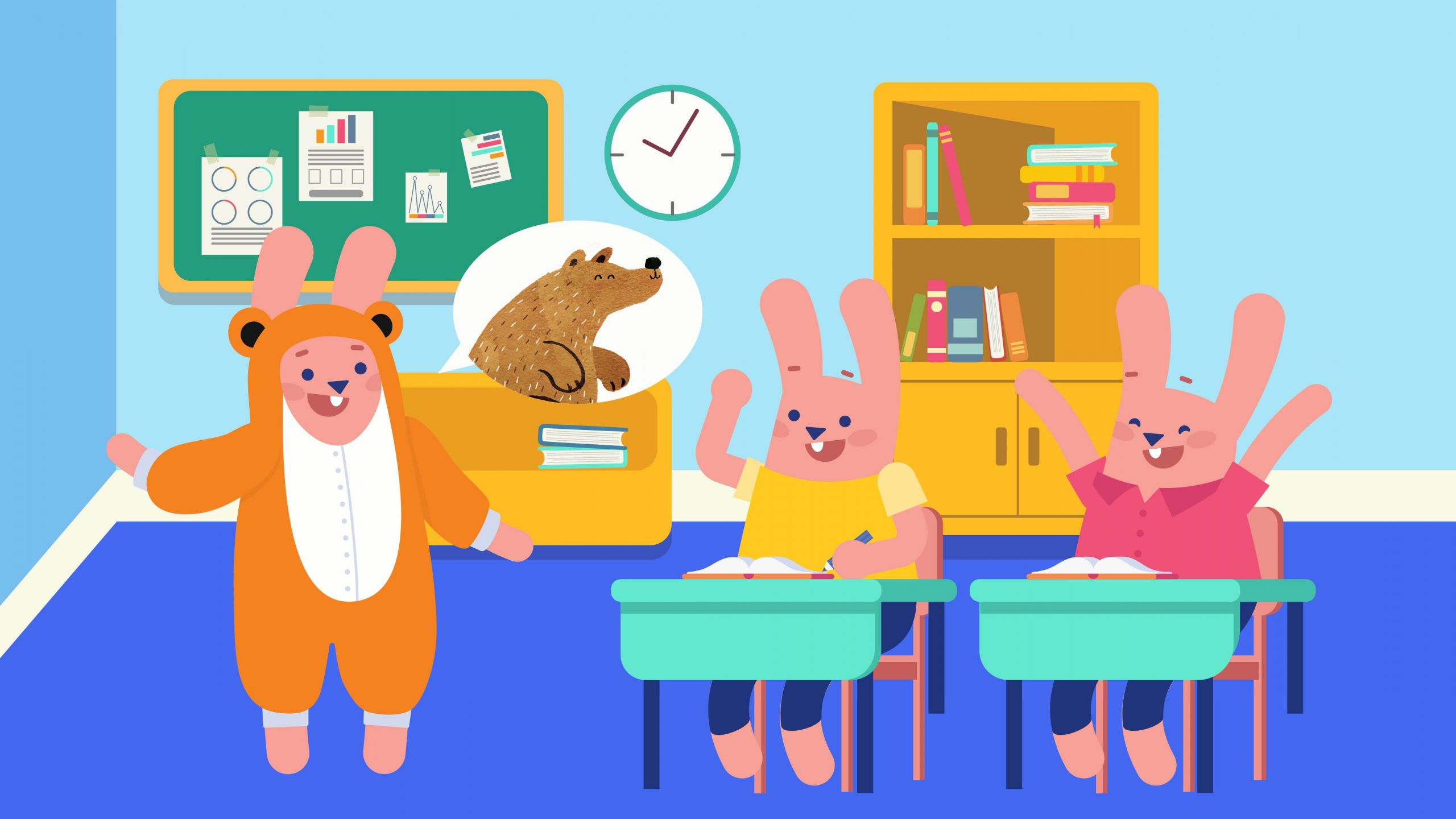
How to improve thinking skills, the higher-order
How critical are your students? How logically or creatively do they think? Ask them to speculate and guess what comes next while reading the book. Stop the story once in a while and ask questions about upcoming events.
What are their predictions?

How well can your students summarize content? Do they find the most important information easily?
Ask your students to tell the story by themselves as briefly as they can. Summarizing the plot might be challenging at first, but if they rely on the pictures, they will be able to organize their thoughts and sentences more easily.
When it comes to the games and flashcards, allocate enough time to allow your students to think and guess instead of attempting to solve the tasks as fast as they can.
Before tapping on the words and listening to them in the vocabulary-building games, ask students to guess the words.
After listening to the words, encourage your students to repeat them. Who can imitate the narrator best? In the case of flashcard sets the built-in voice recognition AI system will tell!
How to improve communication skills
Pick an illustration from one of the books for the warm-up activity and project the paused page.
- Where is it set?
- Who are the characters?
- What is the relationship between them?
- Why are they there?
- What are they thinking about?
- What happened before?
- What will happen next?
Guide your students from concrete visible information to personal ideas and hypotheses. Encourage discussion, arguments, and fictitious scenarios!
Our dream as teachers is to listen to our students talk with each other genuinely, yet the road to achieving this is long and full of challenges. The best way to guide your students is with role plays.
- Step 0 is a read-aloud session simultaneously with the narration of the BOOKR Class book.
- Step 1 is a simple read-aloud session of a conversation frontally or in smaller groups.
- Step 2 is adding some emotion to their reading. For fun, you can hand out pictures of different emojis (angry, scared, sad, happy, tired…) and have your students use that voice while reading. The less it matches their role, the funnier it can get.
- Step 3 is encouraging free talk, rephrasing, shortening, and adding their own words or expressions to the conversation.
- Step 4 is doing the role play on their own with the help of the pictures or a sketched flipchart.
- Step 5 is going for alternative (sometimes even unexpected) choices and answers. At this point, your students might not even rely on visuals anymore.
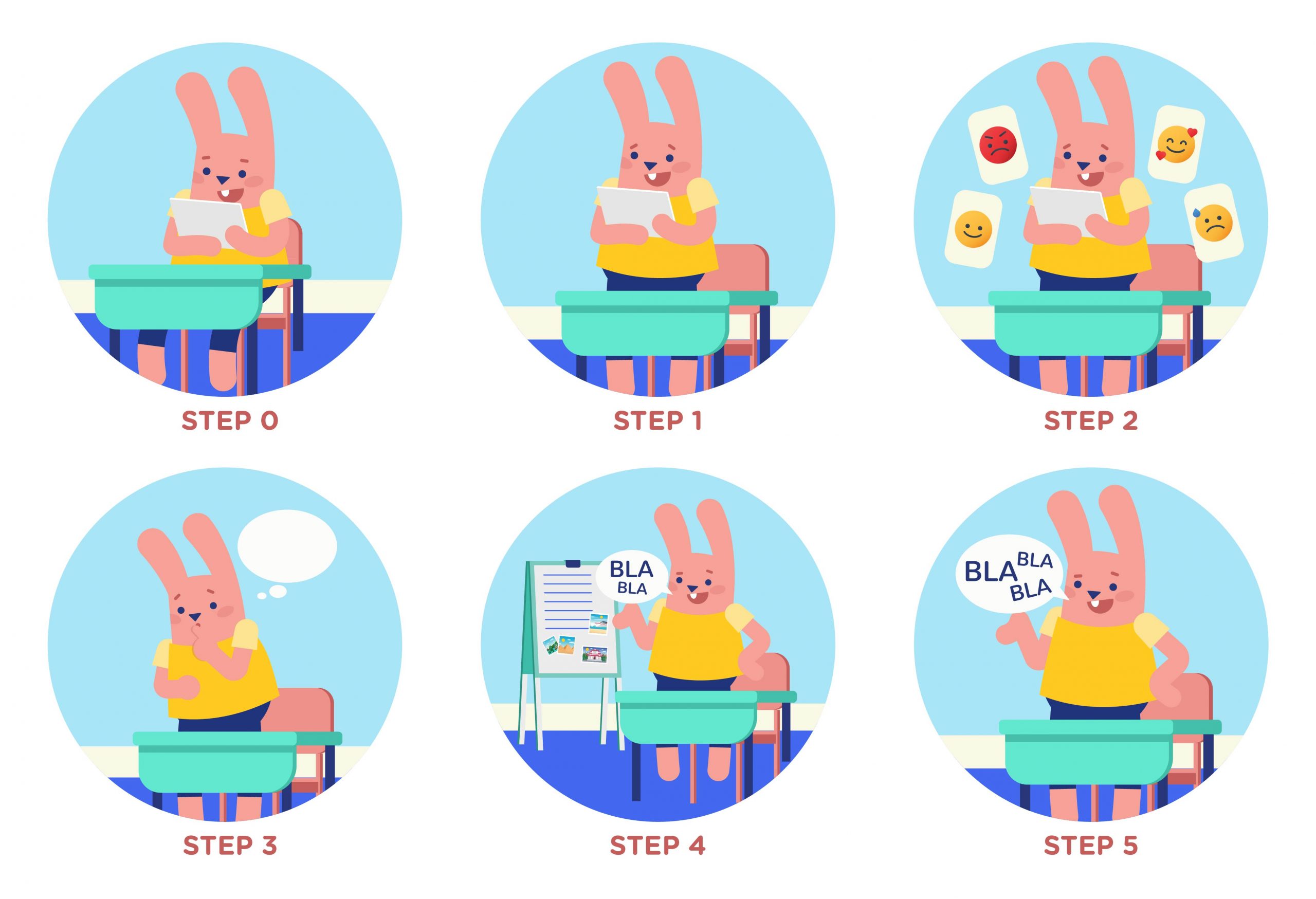
You can use memory games and flashcard sets to make up stories using given words or expressions. If they make a lot of mistakes in the memory game, the funnier the repetition can get in their own story. How much can they twist the original idea? How many linking words can they use?
Let your students practice vocabulary by turning over a set of flashcards. Students can work in pairs and test each other, card by card.
- Student A has the chance to say the first word depicted by the first flashcard. If the correct word is said, a point is awarded to Student A. If not, no points are awarded.
- Student B turns over the second flashcard.
Who has a larger vocabulary range?
Encourage your students to have fun while improving their pronunciation with flashcards. Students can work in pairs and test each other.
- Student A has the chance to say the word depicted by the picture on the first flashcard. If the correct word is said and the score of Student A is over 90%, a point is awarded to him or her.
- Student A has 3 more chances to reach 90% before it is Student B’s turn.
Whose pronunciation is better?
Divide your students into two groups (or an even number of groups) and assign a different part of the book to each group. Let them read their part and then mix and match them with new partners:
- What are their ideas for the missing parts?
- What are their hypotheses?
- After the first round of guessing, allow them to ask questions.
- Can they reconstruct the story with the newly-acquired information or do their partners need to tell them what was missing from their part?
How can students work with the app?
You can assign books to your students as homework in the Teacher’s Dashboard. It can serve as an introduction to a topic or a practice after a lesson. They can read at home, play the games, you can monitor their progress and results, or even turn it into a competition with rewards.
You can assign flashcard sets as homework and encourage your students to practice words. Listening to the flashcards and pronouncing the words or expressions help the acquisition and make students more knowledgeable and confident in the long run.
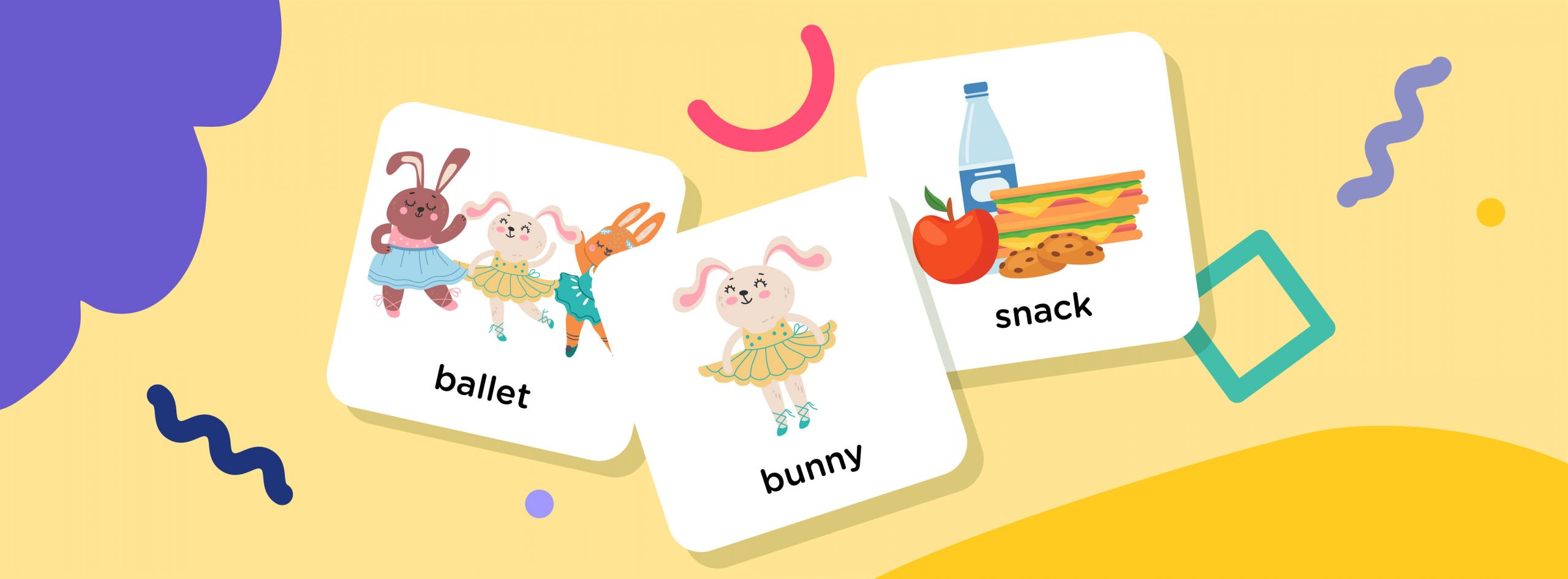
You can ask your students to work in pairs or in small groups (maximum of 4) in class and read the stories together on their smartphones. This can be a pleasant shared experience, especially if they turn off the narration and read to each other or turn it into a roleplay.
You can open the app on your computer and project a book for the whole class. Then you can read for the students or have them read to each other and to you. As a reward, you can play the games or compete with the help of a flashcard set.
How can teachers work with the app?
You can start your lesson with a BOOKR Class story and then build the activities and exercises from the story. Make use of the follow-up games and the Activity Tips document with extra ideas and materials. Vocabulary building, grammar practice or project work…the opportunities are endless.
Check out the Teacher’s Handbook for examples.
You can start your lesson with a story that introduces the topic of the lesson to generate discussion, recall knowledge, motivate and engage students.
Then you can advance to the planned textbook material, work on those exercises and assign the book with games as homework for additional revision and practice.
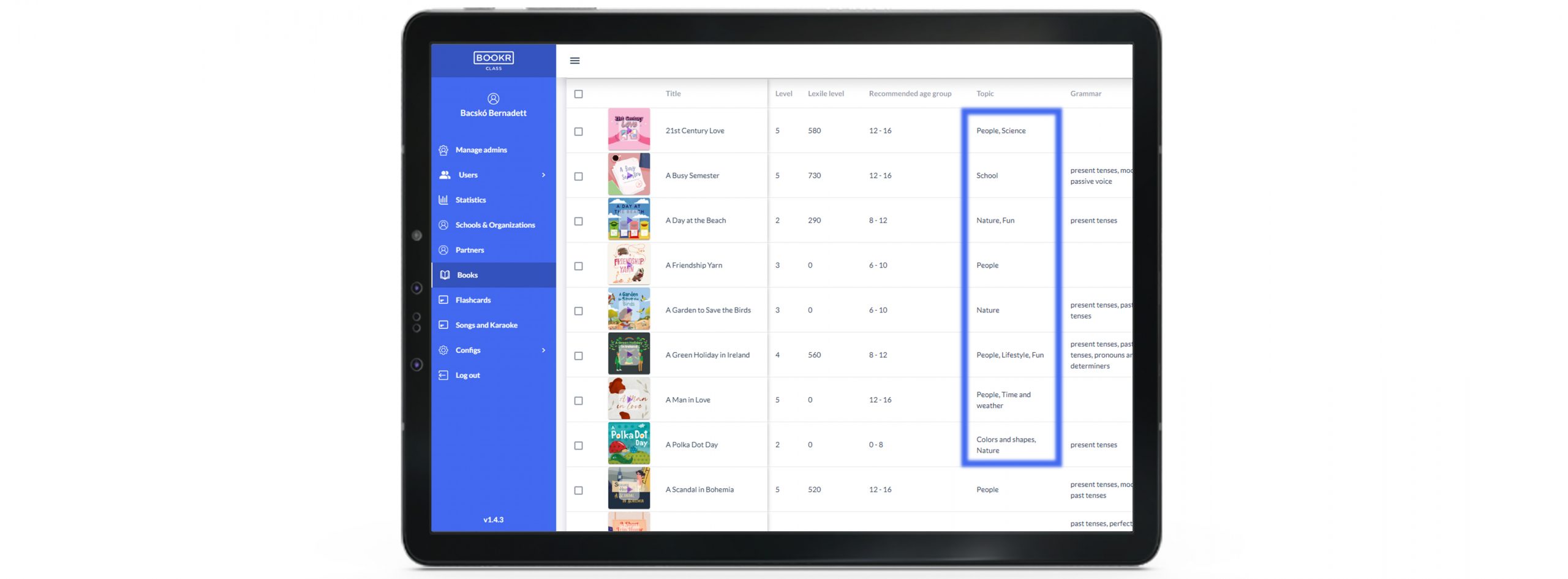
You can choose to finish your lesson with a nice book as a reward. It’s short pleasure reading that you can enjoy together and proves that books are not only for teaching content in the classroom.
Congrats! You have read all of our 39 tips on how to use BOOKR Class!
BOOKR Class books are invaluable tools for differentiated instruction, to improve 21st century skills, higher-order thinking skills as well as communication skills liketraditional books, but with more opportunities thanks to their digitized format. However, most of these activities only need the app, some motivation and a lot of encouragement on your part as the teacher.
As a diving teacher, I’m sure you already have at least one activity in mind from the 39 that you would like to bring into the classroom over the next few days. I also hope you found these tips inspiring and that you came up with your own ideas too! Can you add the 40th to the list?
Share your ideas in our Teacher Community!
Can you pick your favorite activity? If so, try it with your students and share your experience with us on Facebook.
